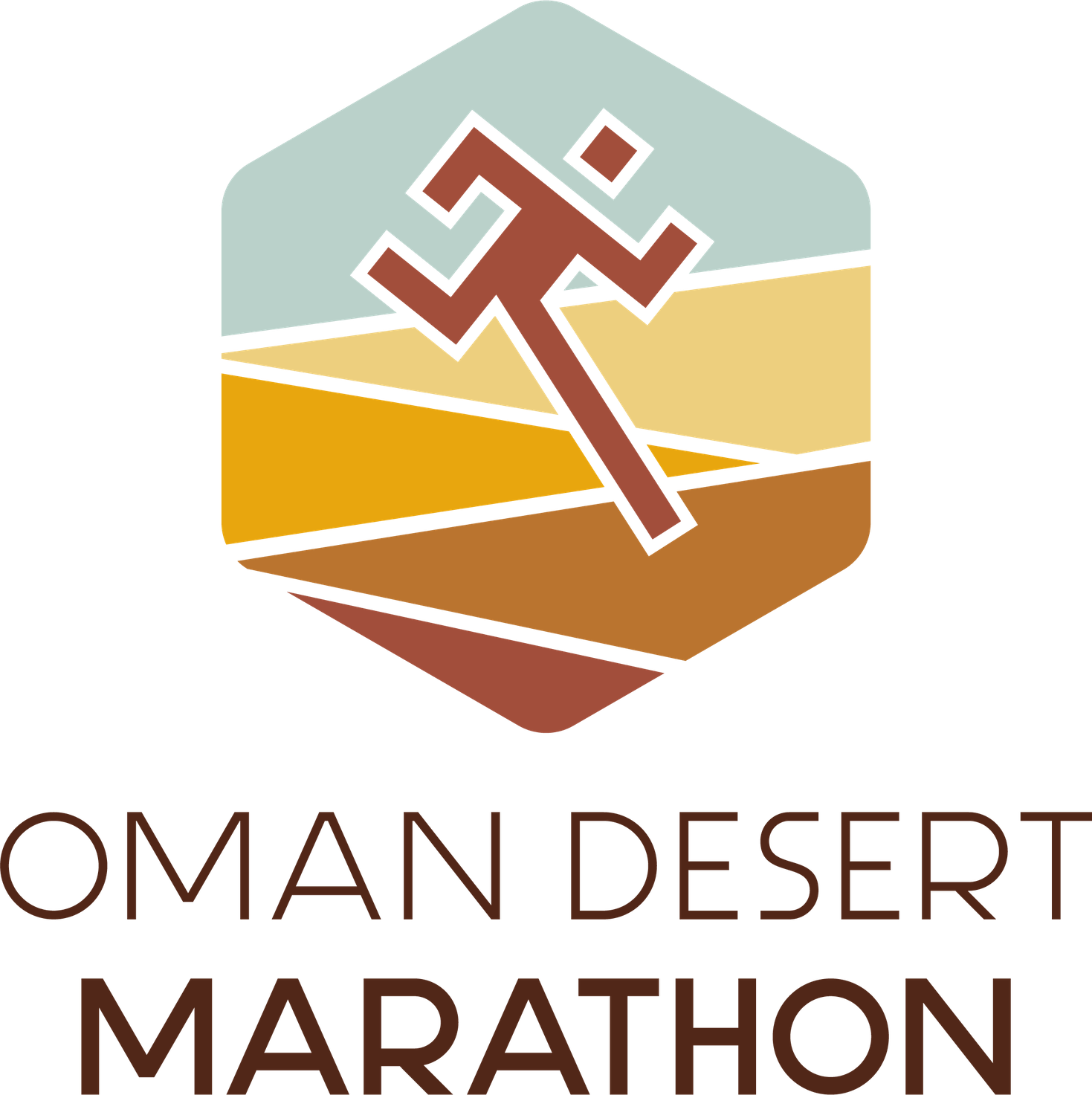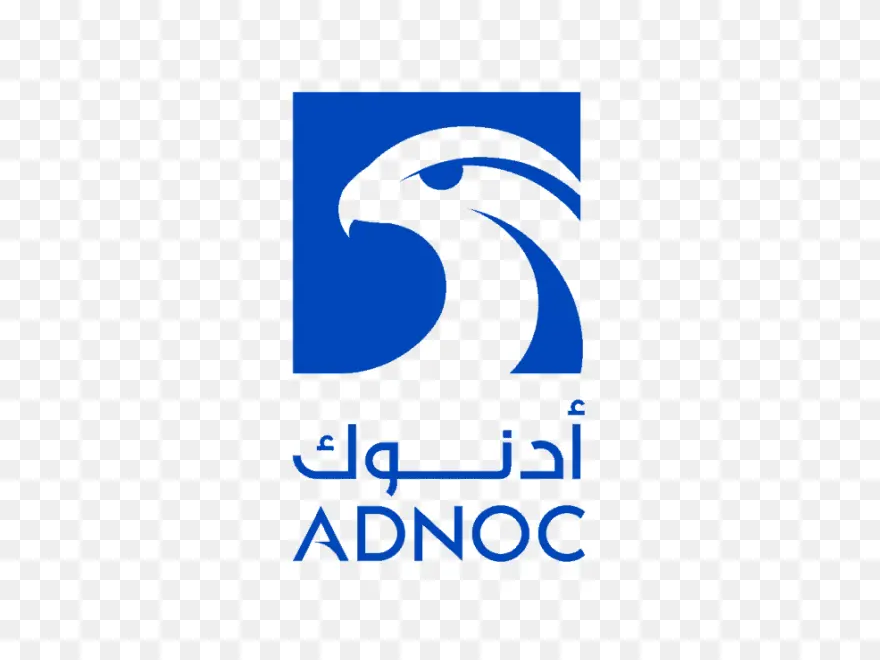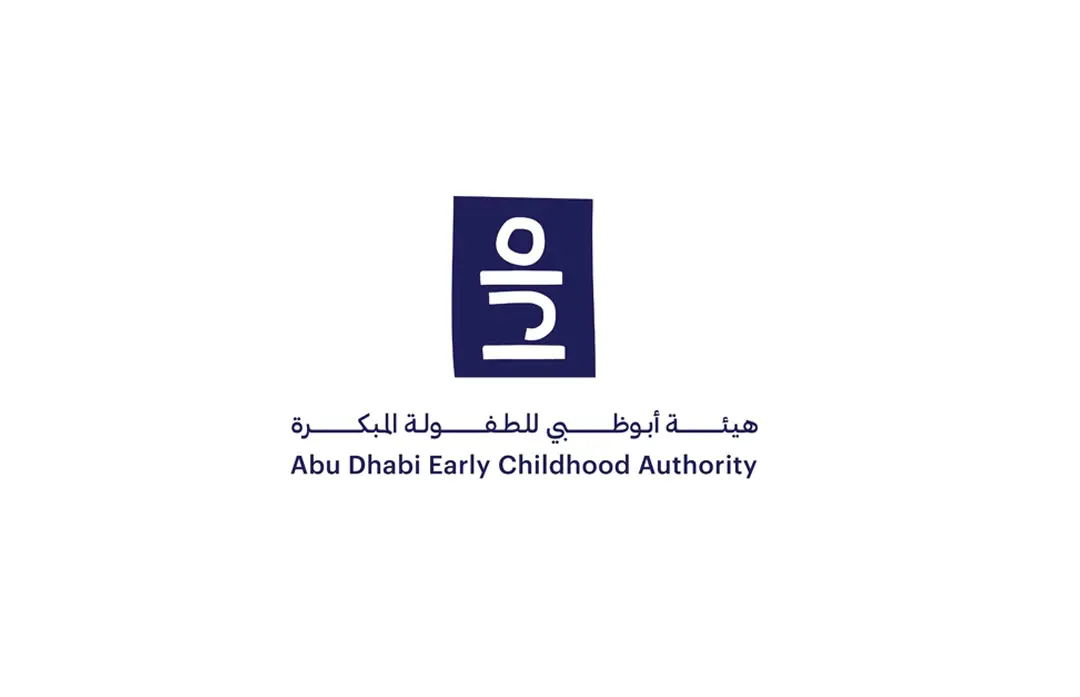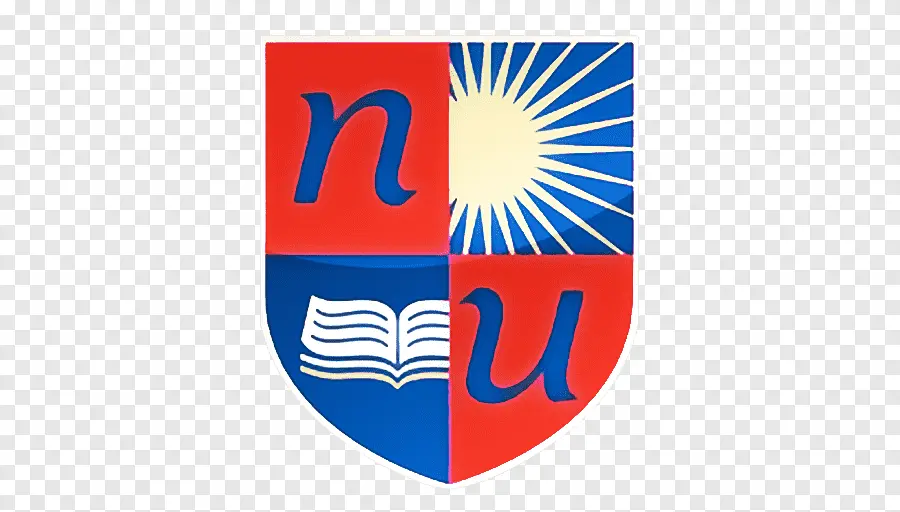The New Era of Workforce Strategy
The corporate landscape is undergoing unprecedented transformation. Consider these 2025 insights from Deloitte's Global Human Capital Trends report:
- 76% of organizations report critical skills gaps
- 83% of CHROs cite workforce planning as their top priority
- Companies using AI-powered workforce analytics see 2.3x higher revenue growth
This 8-section guide provides corporate leaders with an evidence-based approach to:
✅ Future-proofing organizational structures
✅ Leveraging predictive analytics
✅ Building agile talent pipelines
✅ Implementing cost-optimized workforce strategies
The 2025 Workforce Planning Framework
The 5D Model for Modern Workforce Planning
- Define Business Objectives (Align with C-suite)
- Diagnose Current Capabilities (Skills mapping)
- Design Future Structure (Scenario planning)
- Develop Talent Pipelines (Upskilling/Reskilling)
- Deploy Dynamic Monitoring (Real-time analytics)
Skills Gap Analysis 2.0
Next-Gen Assessment Tools
| Tool Type | Example Platforms | Key Metrics Tracked |
|---|---|---|
| AI Skills Inference | Eightfold, Gloat | Hidden competencies |
| Workforce Analytics | Visier, SAP SuccessFactors | Flight risk indicators |
| Learning Agility Tests | Mercer Mettl, Harver | Reskilling potential |
Case Study: Unilever's digital upskilling program assessed 150,000 employees in 12 months using AI-powered platforms, identifying 47% had adjacent skills for tech roles.
Predictive Workforce Modeling
Building Scenarios with 6 Key Drivers
- Technological disruption (AI adoption curves)
- Demographic shifts (Gen Z expectations)
- Economic volatility (Recession planning)
- Regulatory changes (Global compliance)
- Competitive landscape (Talent poaching risks)
- Workplace evolution (Hybrid work models)
Cost Optimization Strategies
Workforce Investment Portfolio Matrix
| High Strategic Value | Low Strategic Value | |
|---|---|---|
| High Performance | Gold Talent (Invest) | Silver Talent (Redeploy) |
| Low Performance | Bronze Talent (Develop) | Outsource/Exit |
Data Point: Companies using this approach at Infosys reduced bench costs by 28% while improving high-potential retention.
Succession Planning in the Digital Age
The 4-Bench Approach
- Ready Now (Immediate replacements)
- 1-2 Year Pipeline (High-potentials)
- Skill Bench (Critical capabilities)
- External Pipeline (Boards/Partnerships)
Change Management for Workforce Transitions
The ADAPT Framework
- Awareness (Communication strategy)
- Desire (Stakeholder buy-in)
- Ability (Training plans)
- Promotion (Recognition systems)
- Transfer (Knowledge capture)
Example: Accenture's "New Now" program reduced change resistance by 41% through immersive VR simulations.
Technology Integration Roadmap
Workforce Tech Stack 2025
| Function | Emerging Solutions |
|---|---|
| Recruitment | AI interview platforms (HireVue) |
| Development | Personalized learning (Degreed) |
| Analytics | Predictive attrition models |
| Employee Experience | Metaverse onboarding |
Implementation Checklist: 12-month phased adoption plan
Measuring Impact
15 Key Workforce Metrics Dashboard
- Strategic Alignment
- Strategy-to-staffing ratio
- Initiative coverage %
- Capability Health
- Critical role readiness
- Skills obsolescence rate
- Financial Efficiency
- Workforce cost per unit output
- Talent ROI by segment
Benchmark Data: Industry-specific KPIs from Gartner and PwC
Conclusion: From Planning to Execution
Modern workforce planning requires equal parts data science and human insight. Leaders who master this balance will:
🚀 Achieve 30-40% faster strategic execution
💡 Reduce unplanned attrition by up to 35%
📈 Outperform competitors in EBITDA growth
Next Steps for HR Teams:
- Conduct current-state diagnostic
- Pilot AI skills assessment with one business unit
- Schedule C-suite alignment workshop





